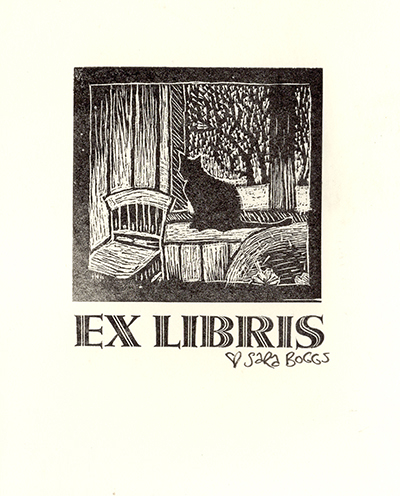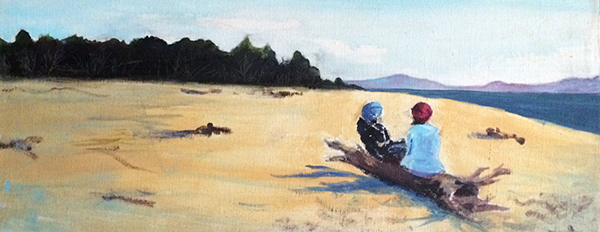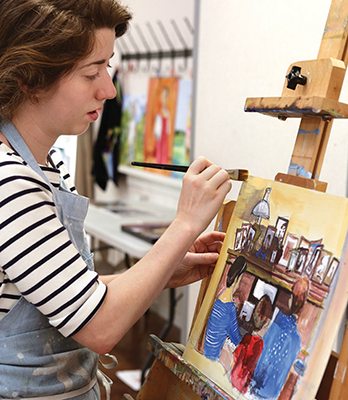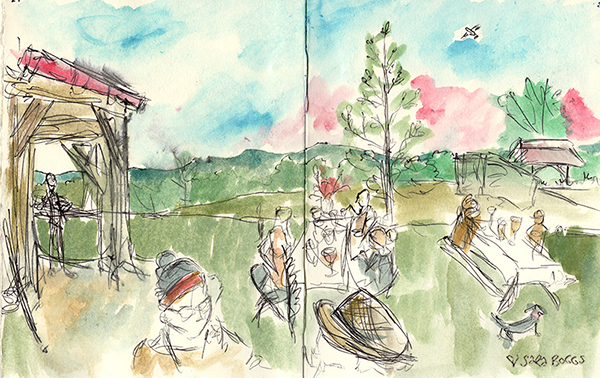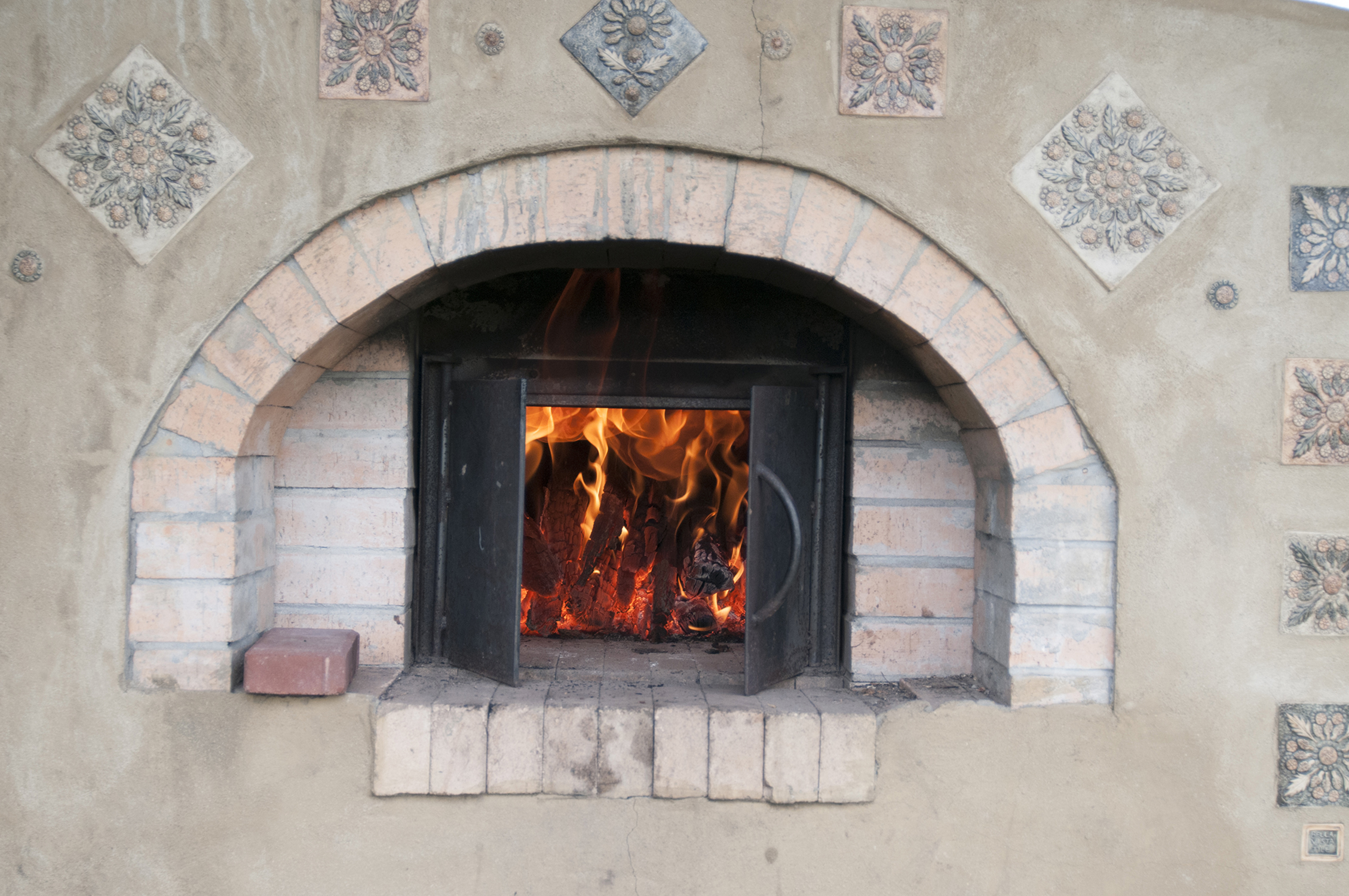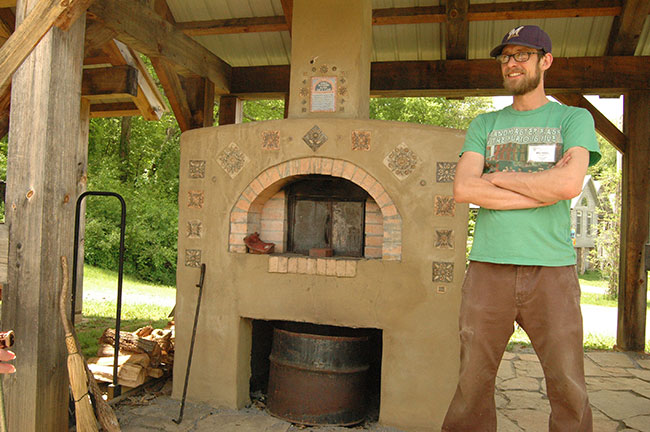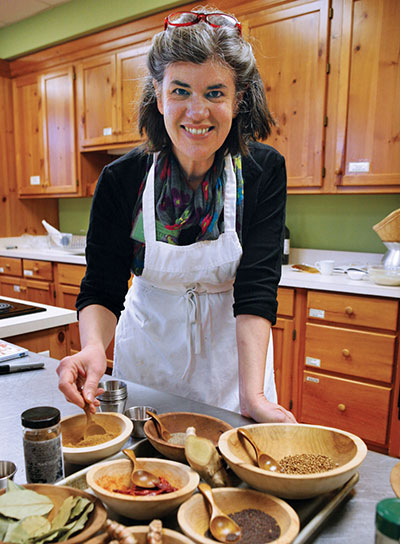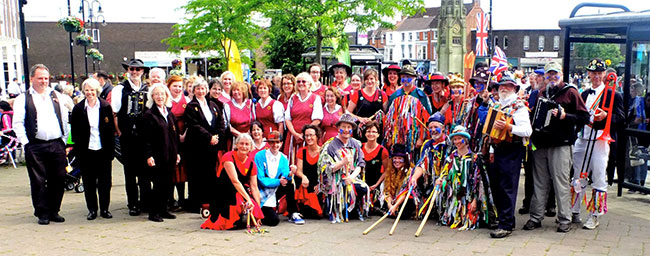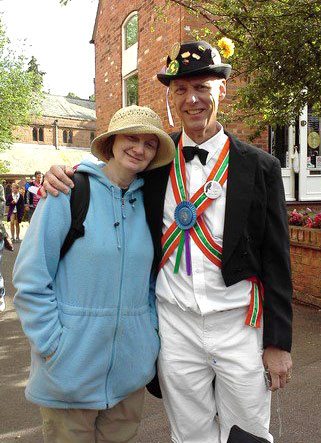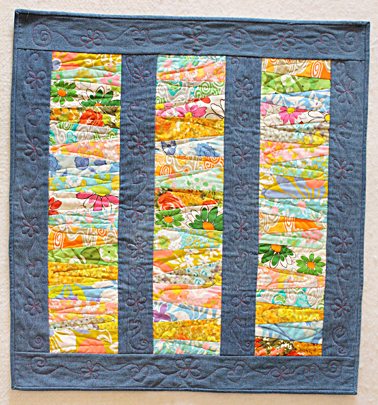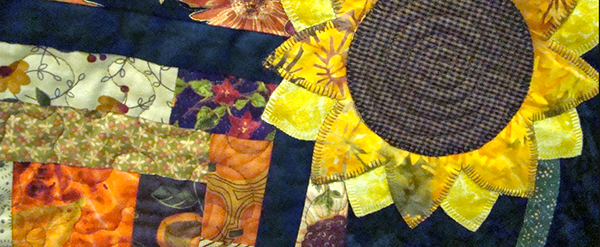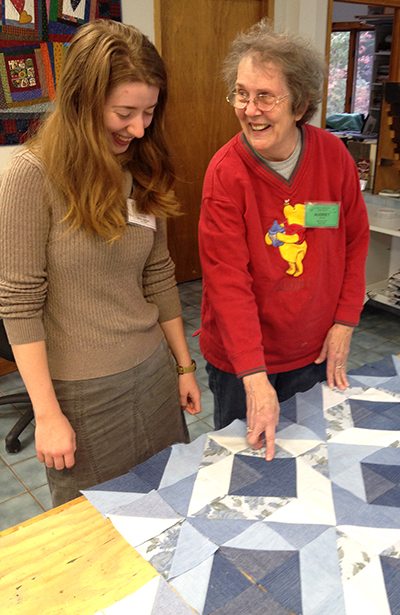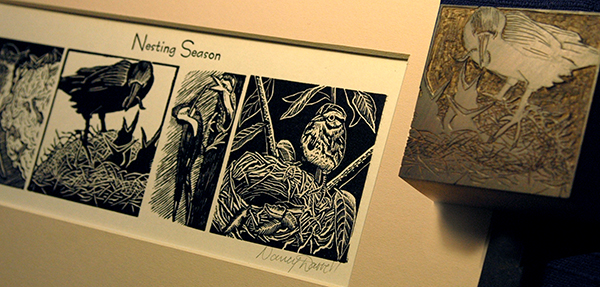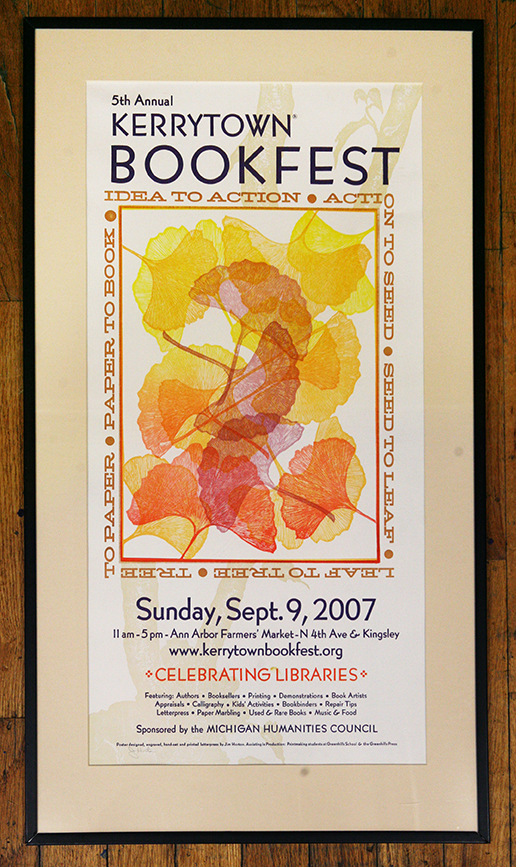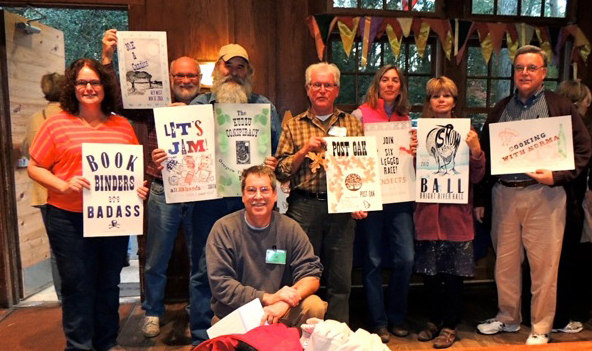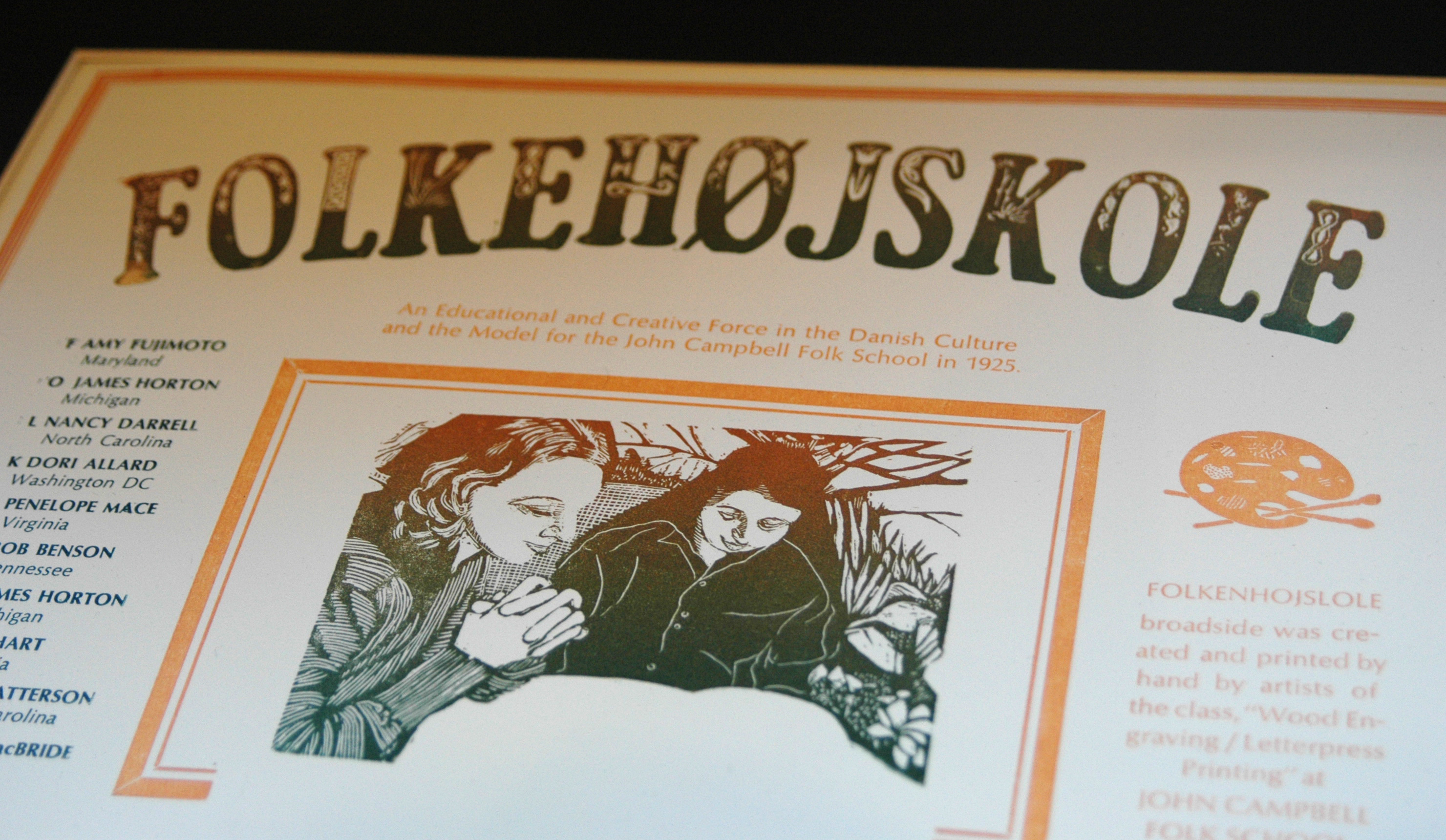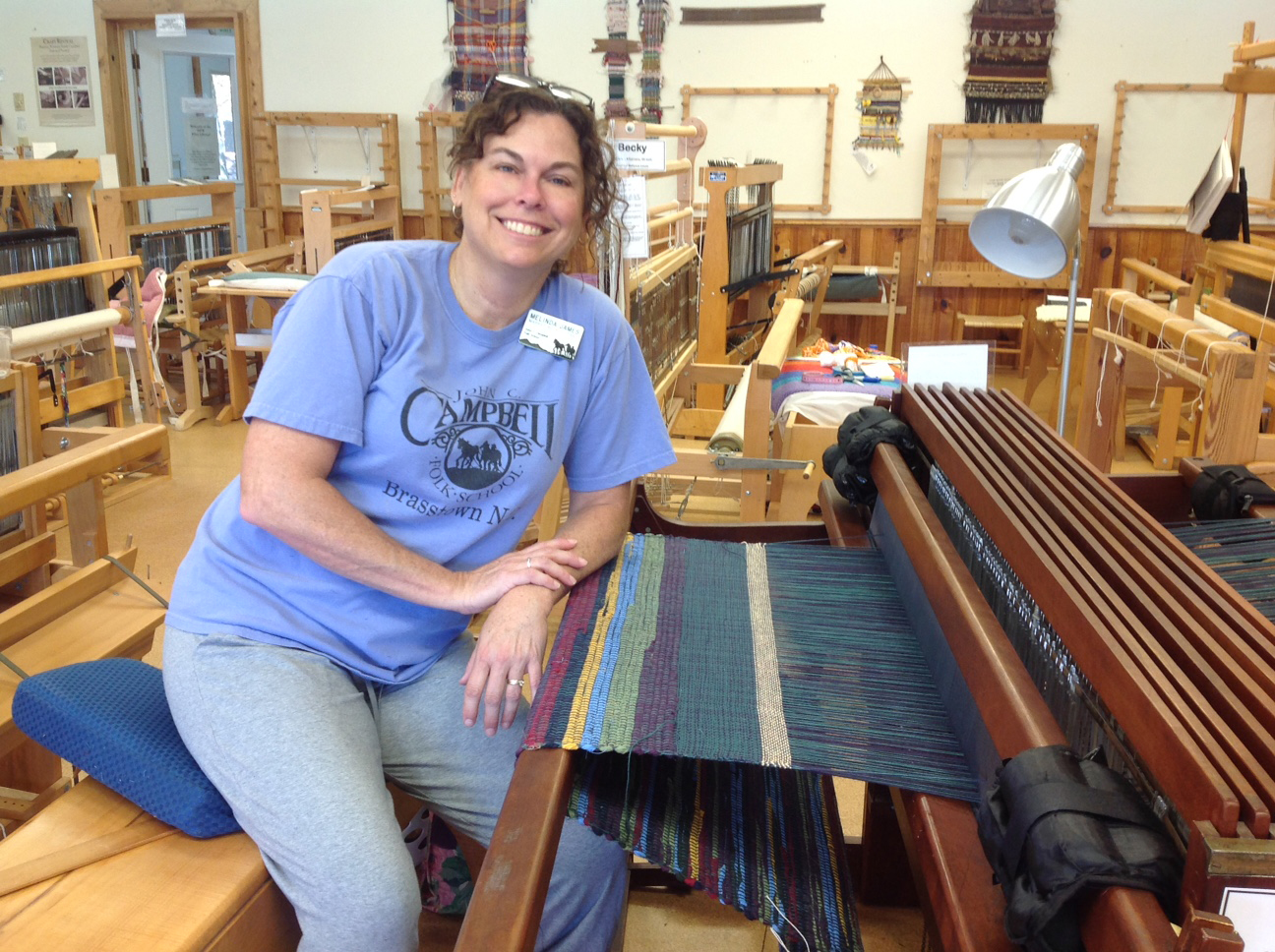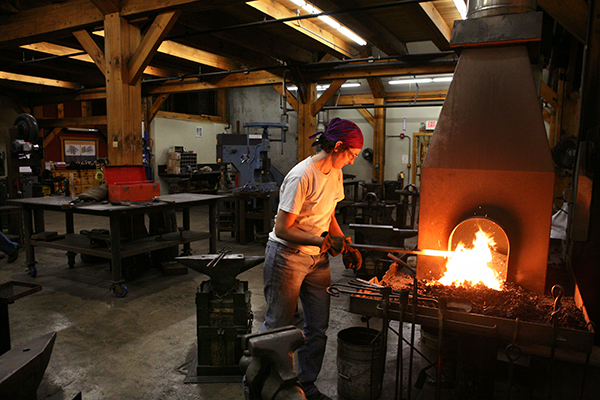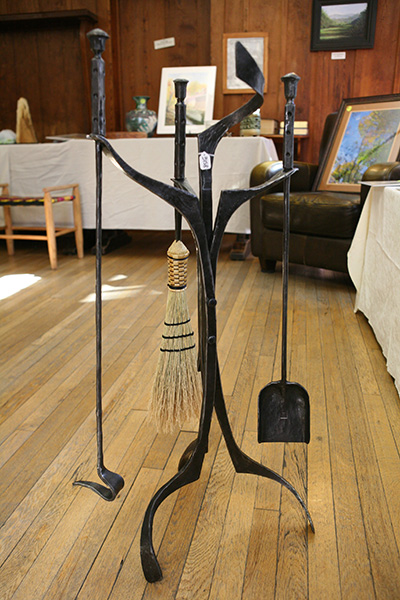04 Mar From Soap to Nuts: Soap Making with Dr. T
[caption id="attachment_12633" align="aligncenter" width="600"]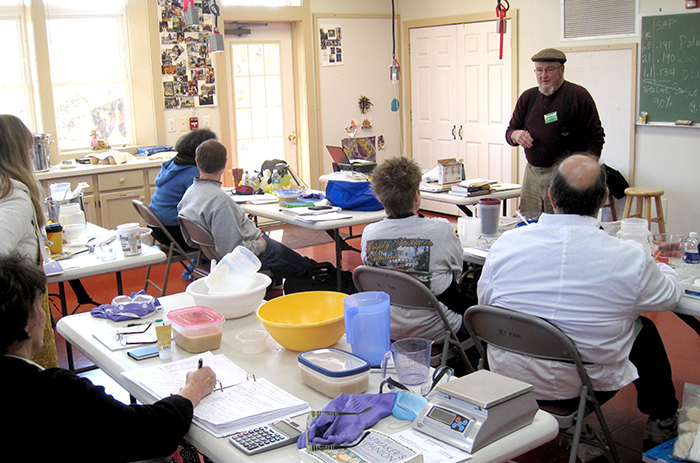 Tim Tyndall teaches Soap Making in the Wet Room[/caption]
Tim Tyndall teaches Soap Making in the Wet Room[/caption]
When I was a Work/Study in 2011, one of the classes I chose for my work/trade was Dr. T’s Soap Making class. For a total beginner, the class was an amazing introduction to the chemistry and art behind creating your own customized cold process soap batches. Dr. T (aka Tim Tyndall) teaches Soap Making regularly at the Folk School. I'm a huge fan of Tim and his soap... Enjoy our interview.
[caption id="attachment_12629" align="alignright" width="216"]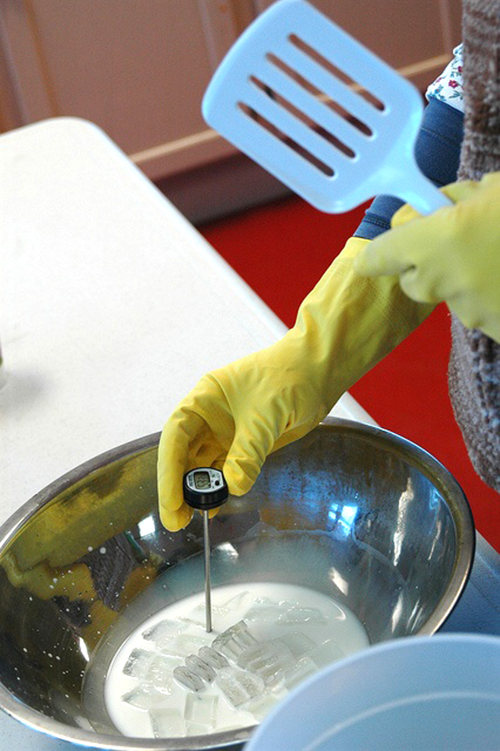 Checking the temperature of the milk and lye.[/caption]
Checking the temperature of the milk and lye.[/caption]
CP: How did you become involved with the Folk School?
Dr. T: About 10-12 years ago, Charlotte Latin School bused their 8th grade “graduates to be” to the Folk School for a celebration where students could choose 2-4 classes over a 2-day period. A parent who had been a customer and attended one of my demonstrations here at the Soap Shed, suggested to someone at the Folk School that they contact me to do Soap Making segments for the Latin students.
The Folk School contacted me and I came down to initiate a soap class experiment. Things went well; the students were pleased; I had fun; and I was asked to propose what regular soap classes might look like for the curriculum. Soap Making classes have been a part of the “curriculum” since then. I guess I have kinda been the “lead dog,” so to speak.
CP: Why do you like teaching at the Folk School?
First and foremost, I have always loved teaching. I have been an educator and administrator at all levels from private high school, community college, and university, focusing in science. I live in Spruce Pine, NC where we have the Penland School of Crafts and taught in Rome, Georgia, home of the Berry School. These schools, like JCCFS and Berea, focus on the goal of helping mountain or rural people marshall their skills and talents from generations of practice towards economic gain and enrichment for themselves, their families, and their communities.
I expected this would be the “Spirit of the Folk School” which I so richly enjoyed my first visit. To be a part of that AND to share some of my self taught skills as a contemporary soap maker is a most satisfying endeavor. I have learned much “Lore” and have a cadre of stories about the history of soap making as a foundation craft in an earlier time and an artisan craft today. I teach because it is FUN and I love seeing my students accomplish things they came to the school thinking they could not do or understand. They surprise themselves and give a thrill at the same time. That’s why I like teaching at the Folk School.




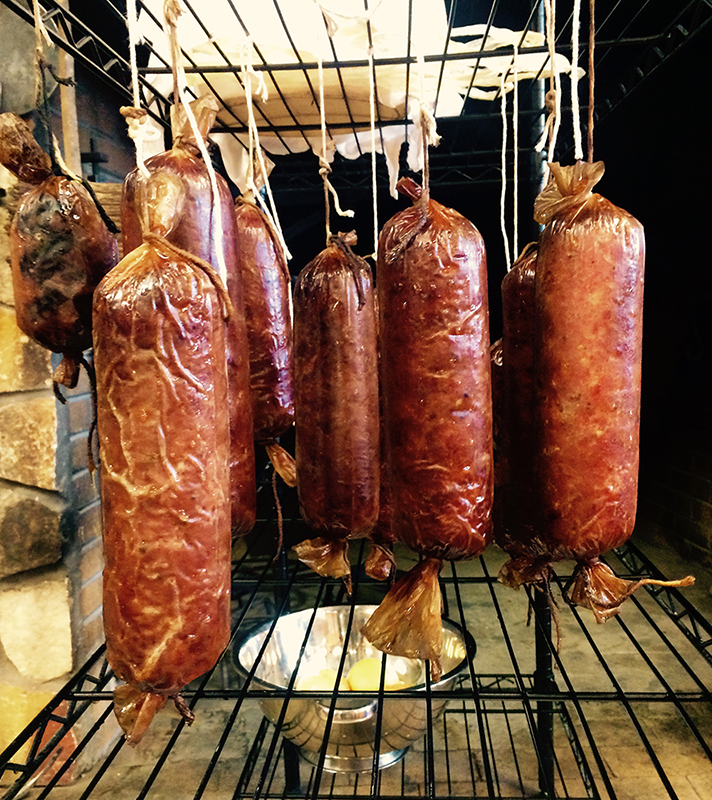
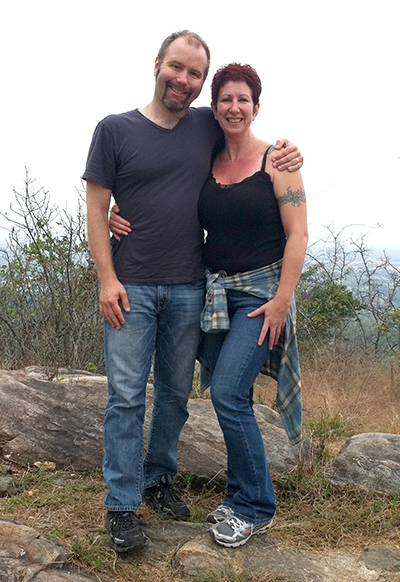
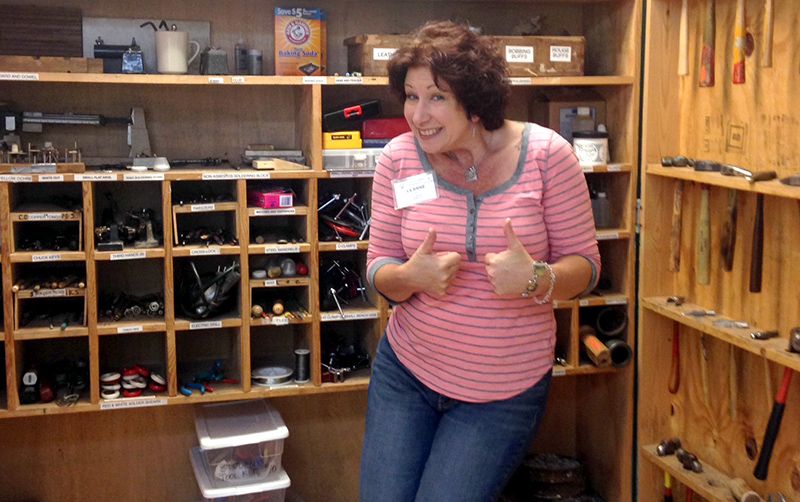 Leanne's "Mecca"- the vast supply closet in the Folk School Jewelry Studio.[/caption]
LE: I work out of my home studio and it can become a very solitary/insular life if one is not careful. The opportunity to be surrounded by, and learn from, other creatives that work in my chosen field sounded fabulous and I immediately wanted to go. I was born and raised in the south, so any chance I have to go back home is always a big treat for me. This is the best of both worlds AND I get to share it with the person I love. This last trip was our anniversary gift to one another!
CP: How many times have you come to the Folk School? What classes have you taken?
IE: Only twice so far, and never a class together. Leanne's focused on jewelry but branched into leatherwork with
Leanne's "Mecca"- the vast supply closet in the Folk School Jewelry Studio.[/caption]
LE: I work out of my home studio and it can become a very solitary/insular life if one is not careful. The opportunity to be surrounded by, and learn from, other creatives that work in my chosen field sounded fabulous and I immediately wanted to go. I was born and raised in the south, so any chance I have to go back home is always a big treat for me. This is the best of both worlds AND I get to share it with the person I love. This last trip was our anniversary gift to one another!
CP: How many times have you come to the Folk School? What classes have you taken?
IE: Only twice so far, and never a class together. Leanne's focused on jewelry but branched into leatherwork with 